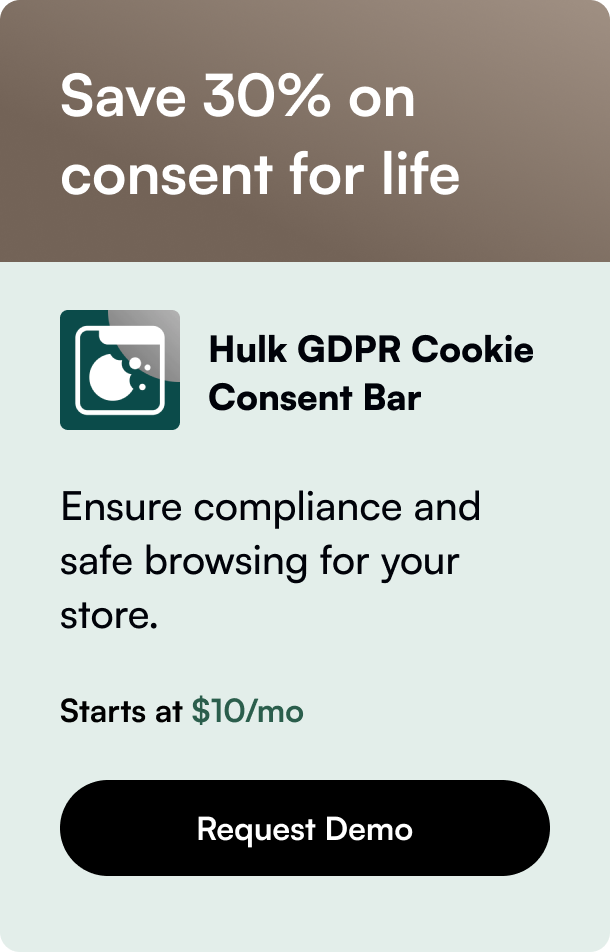Table of Contents
- Introduction
- Understanding Your Shopify Domain
- Locating Your Shopify Domain: The Basics
- Advanced Methods for Unveiling Shopify Domains
- The Role of Redirection and SEO
- Key Tips and Reminders
- Protecting and Securing Your Domain
- The Bottom Line
- FAQ Section
- Conclusion
Introduction
Have you ever found yourself wondering how to locate your Shopify domain? In the world of e-commerce, having direct access to your domain details is crucial — be it for linking with third-party services or simplifying the sharing of your store's link. If this resonates with you, you've come to the right place! In this post, we'll explore practical steps, including techniques for both beginners and advanced users, to track down your Shopify domain.
Understanding Your Shopify Domain
Before diving into the how, let's understand the what. A Shopify domain acts as your online storefront's URL — it's essentially the web address customers use to find your store. When you first register with Shopify, a default domain is allocated, usually in the format storename.myshopify.com. However, to enhance brand recognition and credibility, it's advised to customize this.
Locating Your Shopify Domain: The Basics
-
Admin Dashboard: The simplest approach to uncovering your domain is by checking your Shopify admin dashboard. Log in to your Shopify account, and you can typically spot your unique
.myshopify.comURL right in the browser's address bar. -
Settings and Domains: In your Shopify admin, you can go to Settings > Domains for an overview of all domains associated with your store, including the primary domain and the Shopify one.
-
Third-Party Applications: Use tools like "Shopify Shop URL" extensions in browsers like Firefox, or apps like Koala Inspector for Chrome, to quickly reveal your Shopify domain along with other useful details.
Advanced Methods for Unveiling Shopify Domains
Experienced users or those needing more detailed insights might prefer technical routes to gather domain details:
-
Page Source Code: Navigate to your Shopify store page, right-click, and select "View Page Source." Initiating a search for "myshopify.com" within the page's HTML can pinpoint the specific Shopify domain variable.
-
Shopify API: For tech-savvy users, Shopify's extensive API can be queried programmatically to retrieve domain information. This method, albeit complex, provides an automated and reliable way to access domain data.
The Role of Redirection and SEO
Understanding and setting your domain is only part of the equation. Implementing correct redirection from your '.myshopify' domain to a custom domain preserves SEO rankings and enhances your brand identity. If you're contemplating a domain change, ensure that you manage redirects properly to avoid broken links and lost traffic.
Key Tips and Reminders
- Your original
myshopify.comURL is persistent and critical for logging into your store's backend, regardless of subsequent custom domain purchases or changes. - Regular check-ins on the domain name system (DNS) settings of your Shopify store can safeguard you from unforeseen downtime and access issues.
Protecting and Securing Your Domain
In a digital-first era, domain security cannot be underestimated. Always opt for legitimate SSL certificates for your Shopify domain to establish trustworthy encryption for your customers. Shopify automatically includes SSL protection, but it's good to be aware and ensure it remains active.
The Bottom Line
Your Shopify domain serves as the digital cornerstone of your online business, and thus, mastering its complexities is paramount. Whether it's for branding, technical integrations, or SEO, having a solid grasp of where and how to find and manage your Shopify domain is of utmost importance.
FAQ Section
Why do I need my Shopify domain?
Knowing your Shopify domain is essential for a variety of tasks, including marketing, setting up third-party apps, and ensuring your store is easily accessible to customers.
Can I change my .myshopify.com domain to a custom one?
Yes, you can purchase and connect a custom domain, but the .myshopify.com domain will remain the base address for backend login purposes.
Does the domain affect SEO?
Certainly. A custom and memorable domain can positively impact your store's SEO and help customers find you easier.
How do I ensure my Shopify domain is secure?
Shopify includes SSL certificates for domains, but always make sure it's properly implemented and renewed when required.
What if I'm facing issues with my Shopify domain?
Should you encounter any issues, review your DNS settings in your Shopify admin and consult the Shopify Help Center or reach out to support for help.
Conclusion
Navigating the intricacies of your Shopify domain need not be daunting. By following the outlined steps and maintaining good domain practices, you're well on your way to leveraging your domain to its full potential — ushering in increased traffic and fostering a trustworthy brand. Remember to keep your domain details handy, secure, and aligned with your business objectives to maximize your online success.








